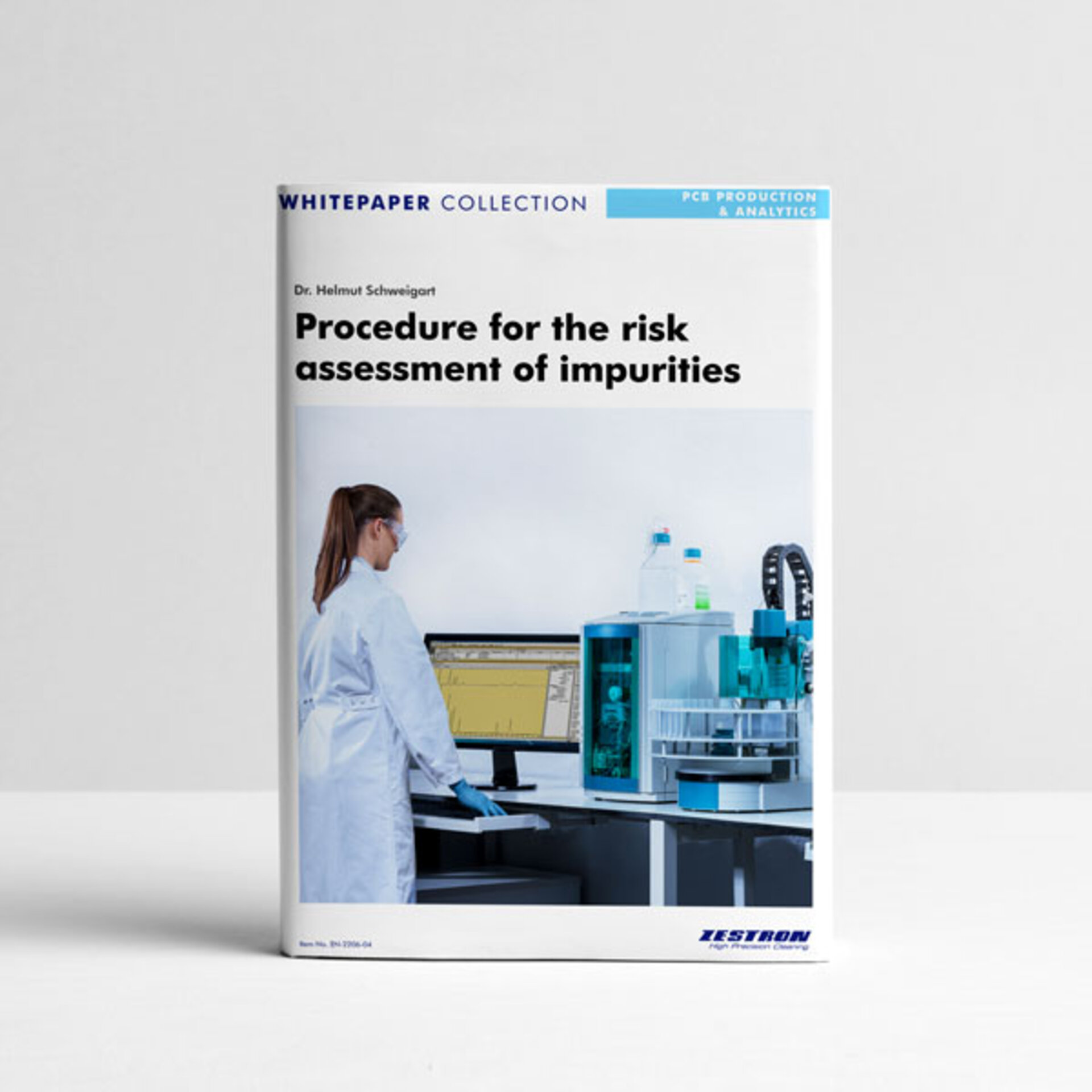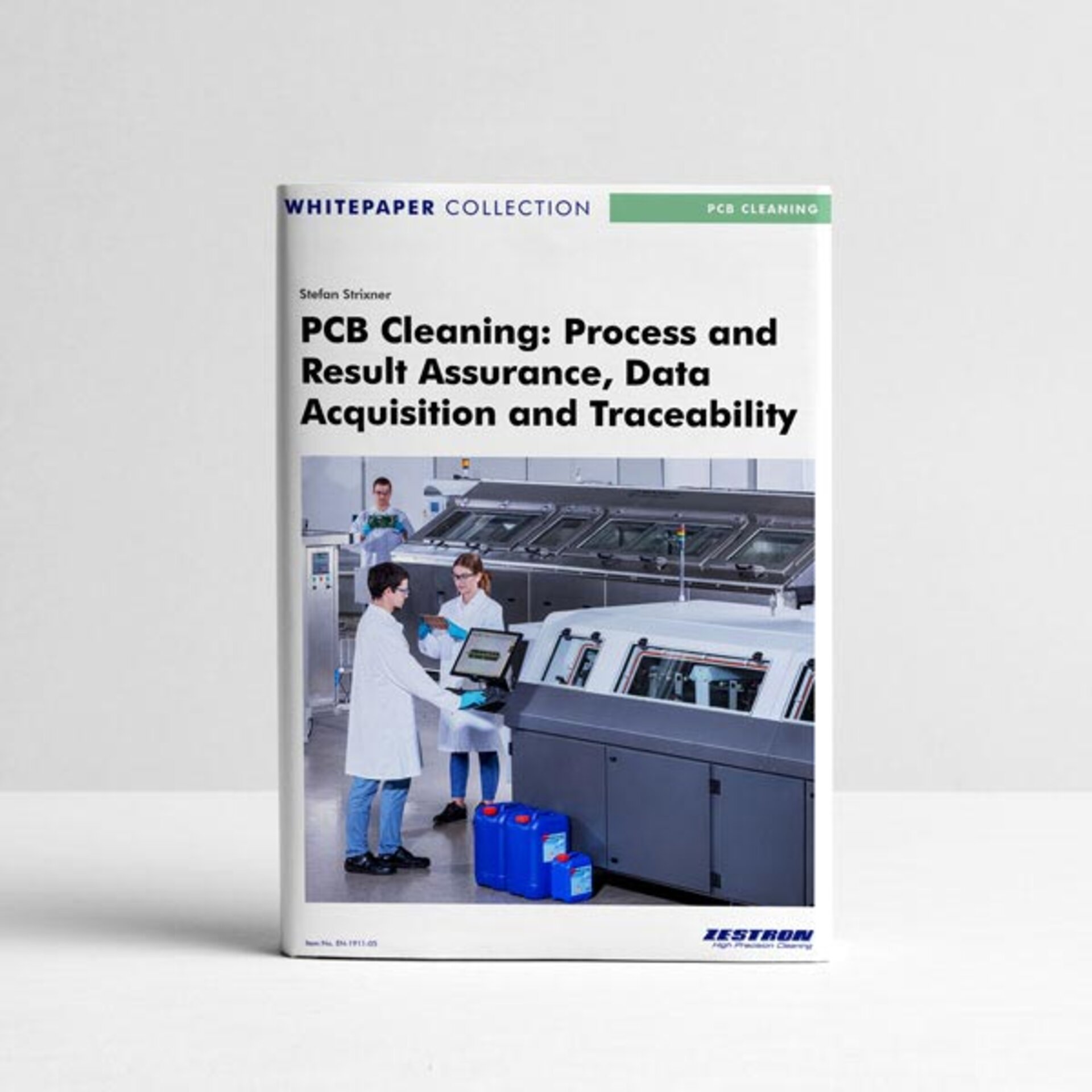
Procedure for the Risk Assessment of Impurities
Dr. Helmut Schweigart
» free «
Brief Insight
Low-power components with sensitive switching thresholds increase the risk of failures from impurities and moisture. This article highlights the limitations of established approaches and outlines strategies to improve reliability in PCB production.
Delivery form: PDF
Article number: EN-2206-04
White paper
Procedure for the Risk Assessment of Impurities
Abstract
Increasingly, the application of low-power components and the resulting low switching thresholds make it relevant to check materials and processes for the production of electronic assemblies also with regard to potential risks from contamination.
The challenges to the established approaches arising from the sensitive switching thresholds of the low-power components, their limitations and a proposal for improving the situation are presented in this technical article.
Key Topics
-
The challenge of purity assessment
-
Established procedure and limits
-
Proposal for risk assessment
-
Limits of the risk assessment proposal and outlook
Category: PCB Production & Analytics | Request: Bookmark this

Dr. Helmut Schweigart
Head of Reliability & Surfaces
Dr. Helmut Schweigart obtained his doctorate for research into the reliability of electronic sub-assemblies, and he has been employed at ZESTRON Europe since the early days of the company. He is now Head of Reliability & Surfaces Team. He is also a member of the Board of Management at GfKORR (Gesellschaft für Korrosionsschutz - a company specialising in corrosion inhibitors) as well as an active member of GUS (Gesellschaft für Umweltsimulation - an environmental simulation company) and of the IPC. He has already published numerous technical articles.

